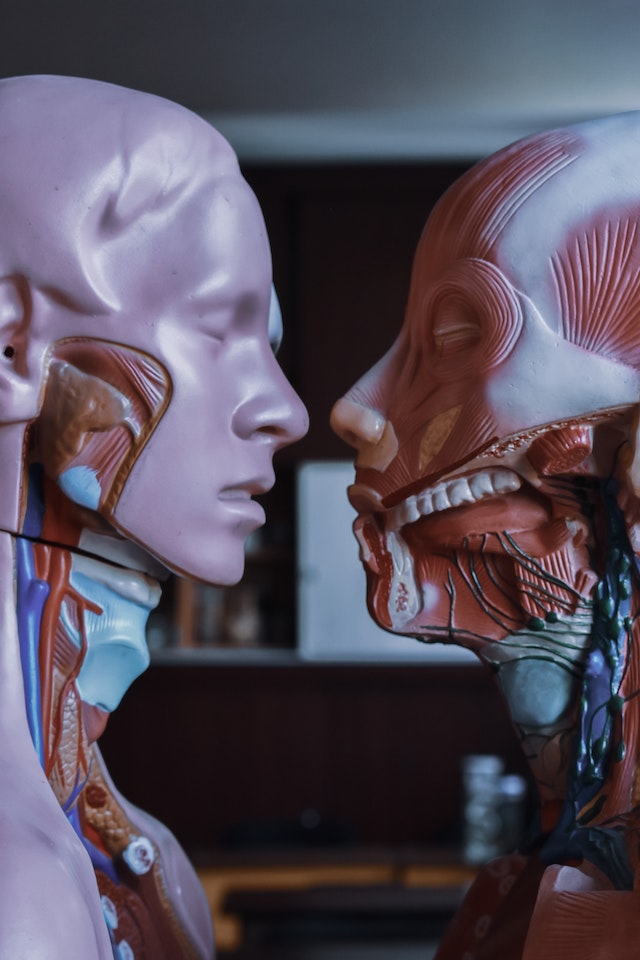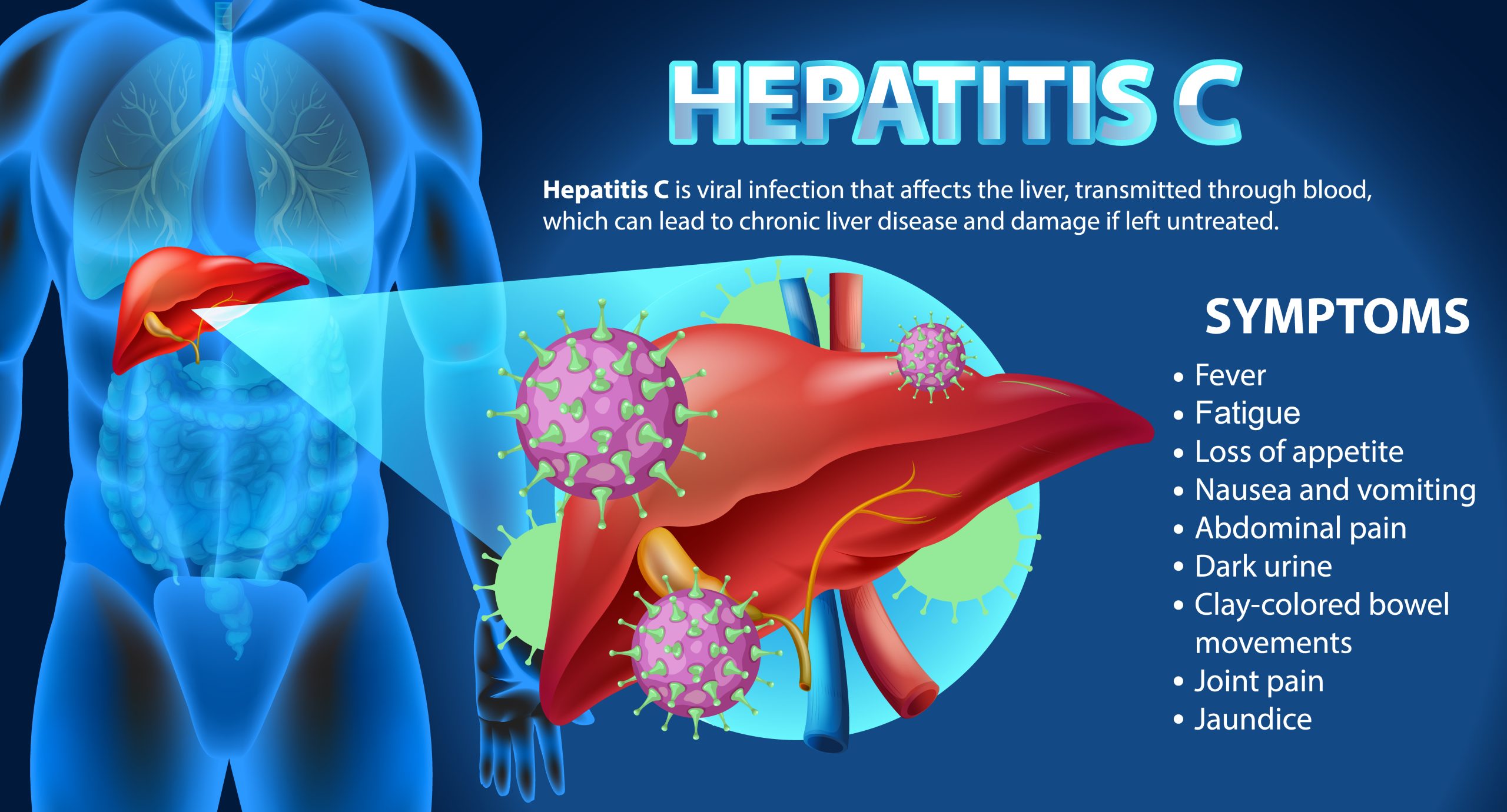Introduction: Medical science has made significant strides in recent years, pushing the boundaries of what is possible in healthcare. One of the most promising areas of research is the development of artificial tissues and organs. This groundbreaking field aims to address the growing demand for organ transplants and overcome the limitations posed by donor shortages and the risk of organ rejection. By harnessing cutting-edge technologies, scientists are striving to create functional, bioengineered tissues and organs that can revolutionize the field of medicine.
- Tissue Engineering: Tissue engineering is a multidisciplinary approach that combines biology, engineering, and medicine to create artificial tissues. This field involves growing cells in a laboratory and providing them with the necessary environment to develop into functional tissue. Scientists utilize scaffolds, which act as a framework for cell growth, and biochemical cues to guide tissue formation. This approach holds immense potential for creating replacement tissues for damaged or diseased organs, such as skin, blood vessels, and cartilage.
- 3D Bioprinting: 3D bioprinting is an innovative technique that allows for the precise placement of cells, biomaterials, and growth factors to construct complex three-dimensional structures. This technology utilizes specialized printers that can deposit layers of bioinks containing living cells, which then organize and develop into functional tissue. Bioprinting offers unprecedented control over the architecture and composition of tissues, enabling the creation of intricate structures like blood vessels and even whole organs. Although still in its early stages, 3D bioprinting holds great promise for personalized medicine and organ transplantation.
- Decellularization and Recellularization: Decellularization involves the removal of cellular components from a donated organ, leaving behind the extracellular matrix (ECM). The ECM provides structural support and bioactive cues for cell growth and tissue development. Once the cellular material is removed, the remaining ECM can be repopulated with patient-specific cells through a process called recellularization. This approach allows for the creation of customized organs, reducing the risk of rejection and the need for immunosuppressant drugs.
- Organoids: Organoids are miniature, three-dimensional organ-like structures that are derived from stem cells or tissue samples. These tiny structures mimic the architecture and functionality of real organs, offering a powerful tool for studying human development, disease mechanisms, and drug responses. Organoids have already been created for various organs, including the brain, liver, kidney, and intestine. With further advancements, organoids may serve as models for testing drugs, personalized medicine, and eventually, as potential transplantable organs.
- Biomaterials and Regenerative Medicine: Advancements in biomaterials play a crucial role in the development of artificial tissues and organs. Scientists are exploring various biocompatible materials that can provide mechanical support, facilitate cell attachment and growth, and promote tissue integration. Regenerative medicine, an interdisciplinary field, combines tissue engineering, stem cell research, and biomaterials to stimulate the body’s natural healing mechanisms and promote tissue regeneration. By harnessing the body’s innate regenerative capacity, researchers aim to develop therapies that can repair or replace damaged tissues and organs.
Conclusion: The future of medical science lies in the creation of artificial tissues and organs. Through tissue engineering, 3D bioprinting, decellularization and recellularization, organoids, and advancements in biomaterials, researchers are unlocking new possibilities in healthcare. These innovations have the potential to revolutionize organ transplantation, personalized medicine, and drug testing. While there are still challenges to overcome, such as achieving vascularization and long-term functionality, the progress made so far offers hope for a future where artificial tissues and organs are readily available, improving the quality of life for countless individuals worldwide.










